
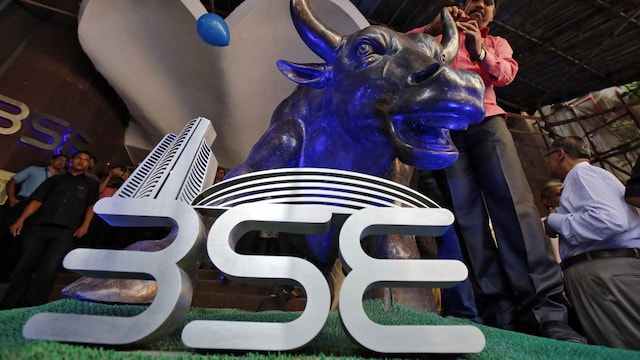
Over the past decade, the BSE Sensex has seen a diverse range of performances, reflecting global and domestic economic factors. In 2015, the Sensex experienced a downturn, dropping by 1,382 points, or 5.0%, to close at 26,118, compared to January 1, 2015. However, the following year, the market showed a modest recovery, gaining 509 points, a 1.9% increase, despite facing uncertainties in 2016. In 2017, the market surged by a remarkable 27.9%, adding 7,430 points to reach 34,057. Although global volatility affected the market, the Sensex continued its upward trend in 2018, rising by 2,012 points, or 5.9%. In 2019, the Sensex climbed 5,185 points, or 14.4%, fuelled by positive reforms and favourable global factors. Data has been sourced from Bloomberg. (Image: Reuters)

Then came the COVID-19 pandemic in 2020, wherein the Sensex rose by 6,498 points, a solid 15.8% increase, as investor confidence returned. In 2021, the market experienced a significant surge, gaining 10,502 points, a 22.0% jump, driven by strong economic recovery and market optimism. Let’s take a look at how the market performed over the past 10 years, from 2015 until January1, 2025. (Image: PTI)
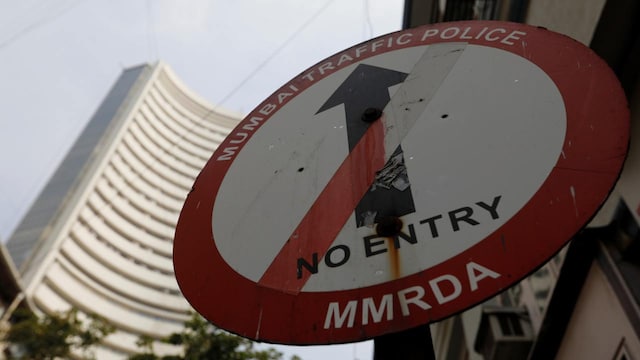
2015 | The BSE Sensex experienced a decline in 2015, falling by 1,382 points to close at 26,118. This represented a 5.0% drop, marking a year of challenges for the stock market. (Image: Reuters)

2016 | In 2016, the Sensex showed modest growth, rising by 509 points to end the year at 26,626. The market saw a small gain of 1.9%, amid global and domestic uncertainties. (Image: Reuters)
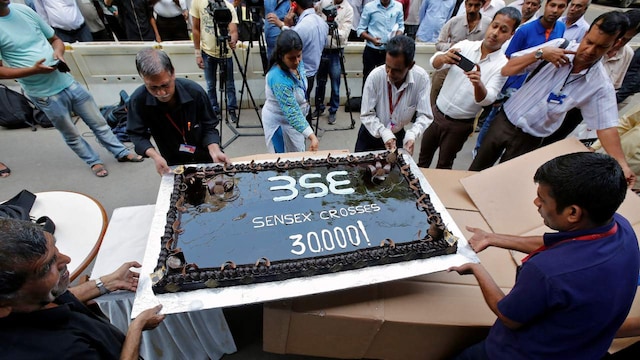
2017 | The year 2017 was marked by a strong performance for the Sensex, which surged by 7,430 points to reach 34,057. The market registered a robust 27.9% growth, driven by positive sentiment and investor optimism. (Image: Reuters)
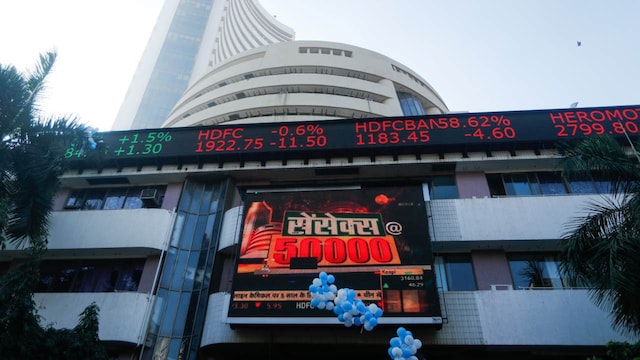
2018 | The Sensex ended 2018 at 36,068, up by 2,012 points, reflecting a moderate gain of 5.9%. Despite global volatility and domestic concerns, the market held steady, posting a positive performance. (Image: Reuters)

2019 | The Sensex climbed by 5,185 points to finish at 41,254, reflecting a healthy 14.4% gain for the year. Positive economic reforms and global market strength supported the Indian market’s upward trajectory. (Image: Reuters)

2020 | In 2020, despite the challenges posed by the COVID-19 pandemic, the Sensex rose by 6,498 points to reach 47,751, marking a solid 15.8% gain. The market rebounded sharply in the second half of the year, as investor confidence returned. (Image: Reuters)

2021 | The Sensex had a remarkable year in 2021, gaining 10,502 points to close at 58,254, a 22.0% increase. The recovery from the pandemic, coupled with IPOs and strong domestic and global factors, drove the market to new highs. (Image: Reuters)
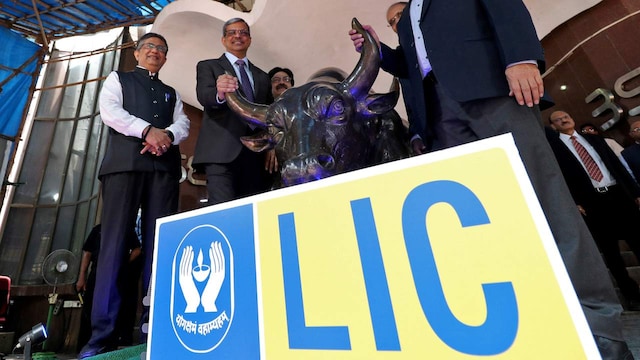
2022 | In 2022, the Sensex registered a modest gain of 2,587 points, ending the year at 60,841, a 4.4% increase. The market was affected by global inflation and interest rate concerns, but still managed to close higher. (Image: Reuters)

2023 | The Sensex had a strong year in 2023, rising by 11,400 points to reach 72,240, representing an 18.7% gain. The market benefitted from stable domestic growth and favorable global conditions. (Image: Reuters)
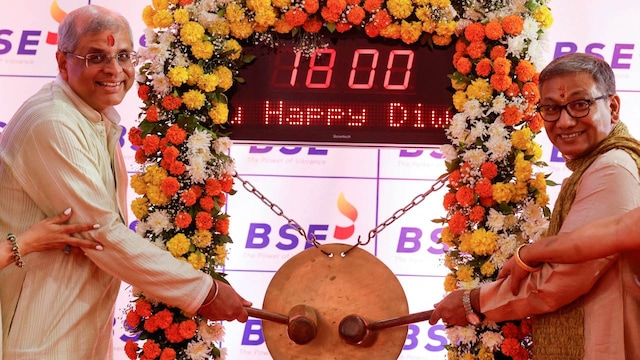
2024 | The Sensex continued its upward momentum in 2024, climbing by 5,818 points to reach 78,058 (as of December 31, 2024), a 8.1% increase. The market showed resilience amid global uncertainties, with investor optimism supporting growth. (Image: Reuters)



